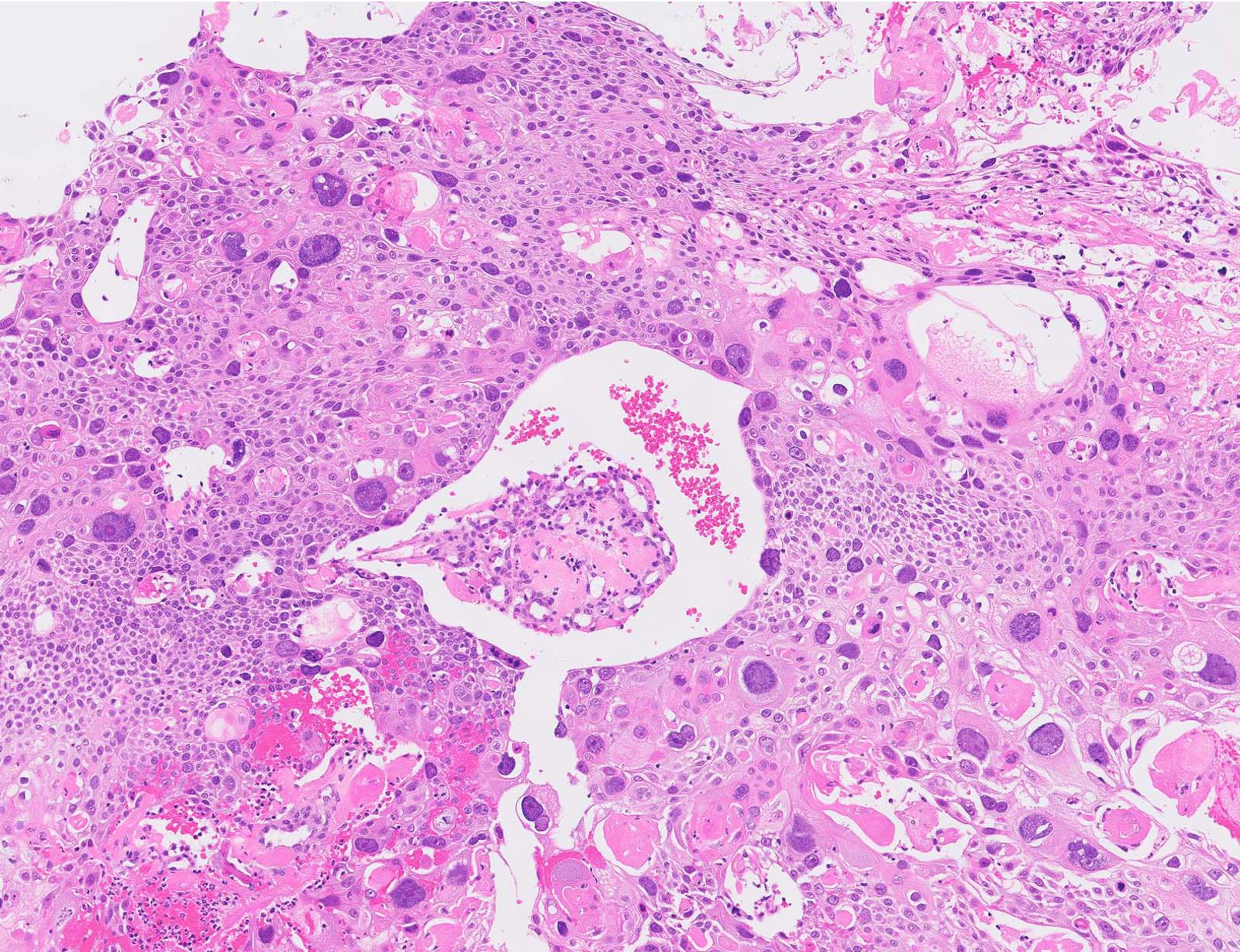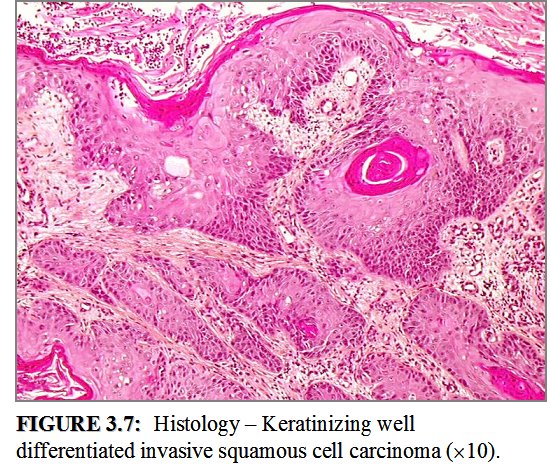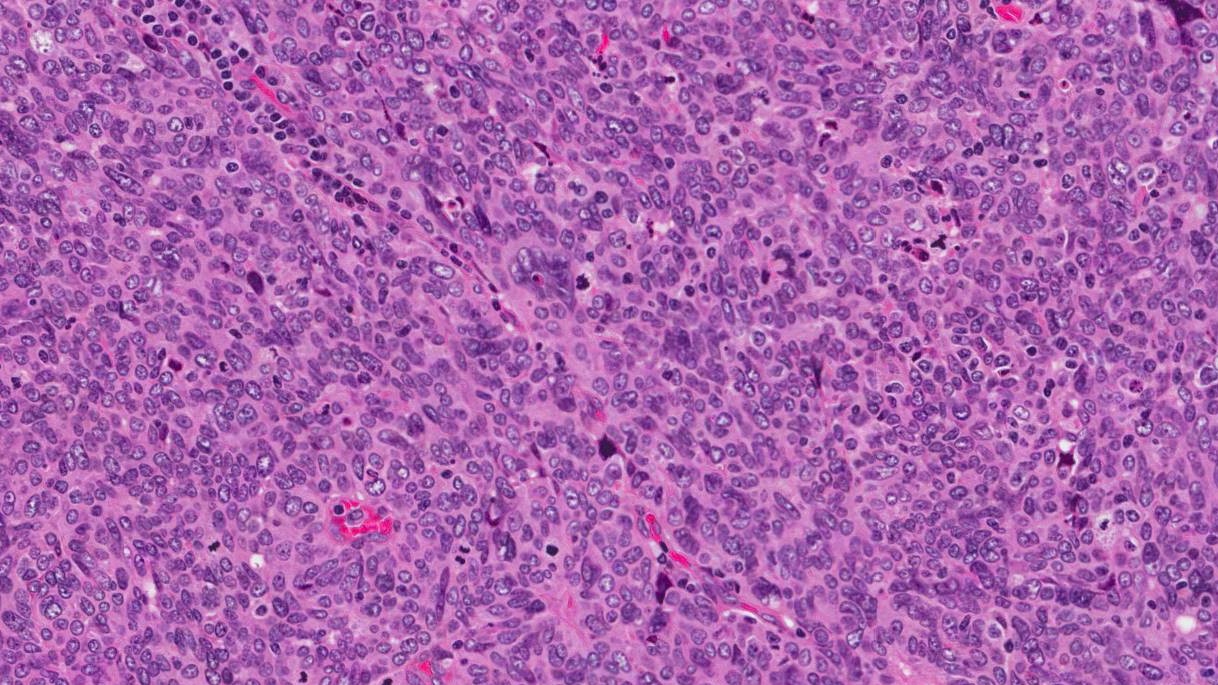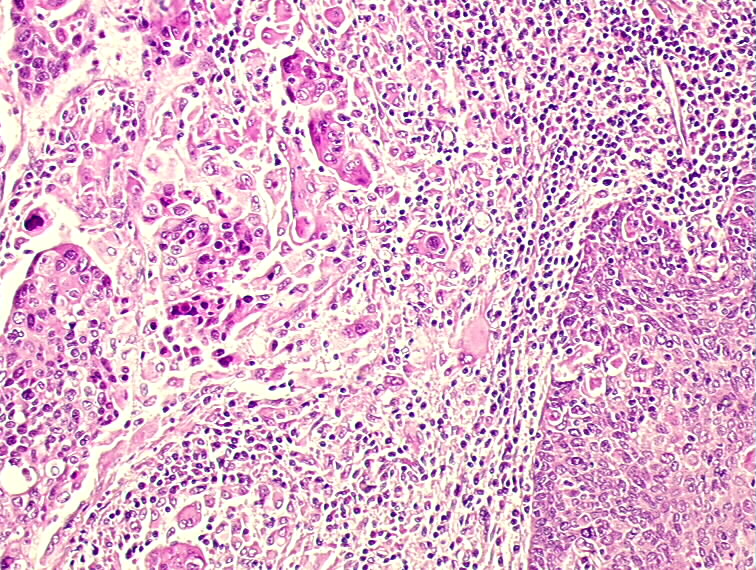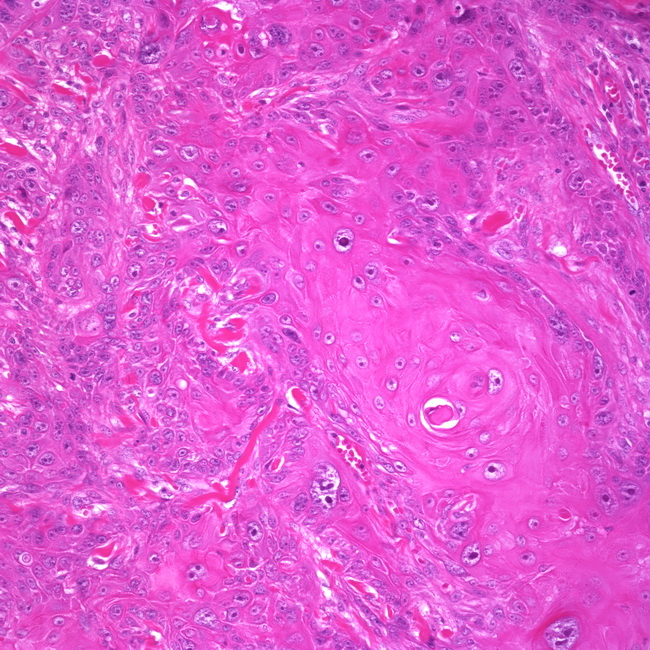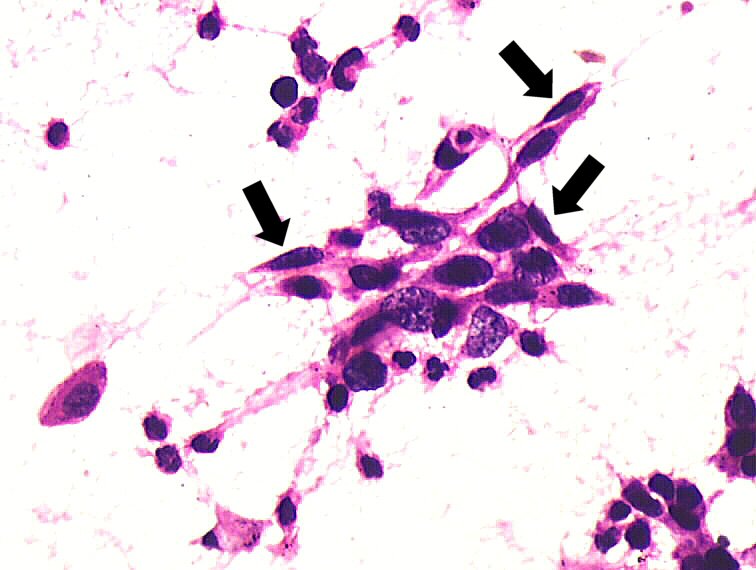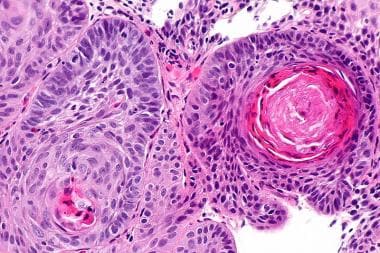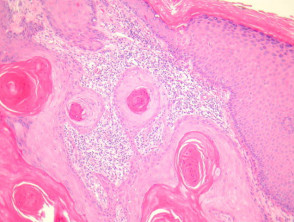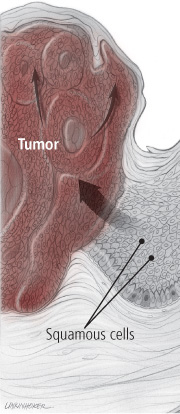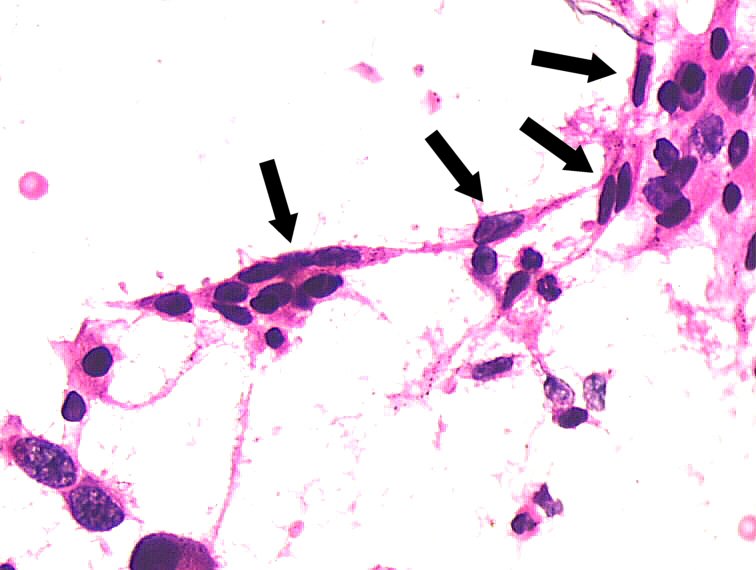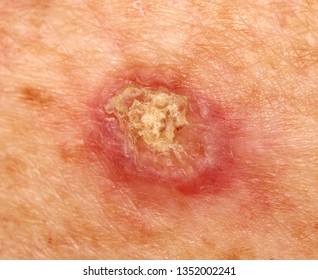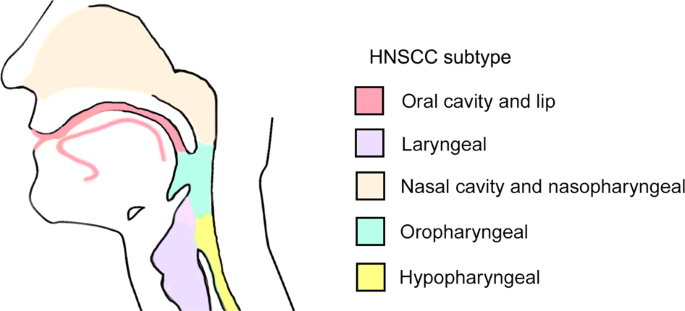Women with early stage squamous cell carcinoma of cervix have better outcomes compared to those with more advanced cancer conditions almost all women diagnosed and treated at stage 0 survive for 5 years post diagnosis 5 year survival rate of 99 100.
Invasive moderately differentiated squamous cell carcinoma cervix.
Squamous cell carcinoma invasive type invasive squamous cell carcinoma is a type of cancer that occurs in the fat cells that form the outer layer of the skin and the lining of some organs known as squamous cell carcinomas.
Severe squamous dysplasia means in the context of invading scc that there was also scc in situ which is basically scc just before it invaded.
This means the cancer is in the sqaumous cells.
Depth of invasion and lenth of tumour cannot be assessed.
These are the cells that make up one of the layers of your skin but also the lining of things like inside your mouth throat and of course cervix.
Please see tumour summary.
Lymphovascular invasion not apparent.
Squamous cell carcinoma invasive type.
Invasive squamous cell carcinoma moderately differentiated fragmented.
Larger squamous cell cancers are harder to treat and fast growing cancers have a higher risk of coming back.
Most squamous cell skin cancers are found and treated at an early stage when they can be removed or destroyed with local treatment methods.
Invasive squamous cell carcinoma is a type of cancer that occurs in the flat cells that make up the outer layer of skin and the linings of some organs known as squamous cells in this case the word invasive means that the cancerous tumor has penetrated deeply into the skin or organ as opposed to remaining a surface lesion for example in cases of invasive squamous cell carcinoma of the skin.
Lesion uterine cervix biopsy.
Small squamous cell cancers can usually be cured with these treatments.
Squamous cell carcinomas scc are categorized in well moderately and poorly differentiated tumors based on histological criteria such as keratin production cohesion of tumor cells and nuclear and cellular dysplasia.
90 of all carcinomas of the cervix are of the squamous cell type.
The cervix is the extension of the uterus into the top part of the vagina.
Fragments of invasive squamous cell carcinoma.

